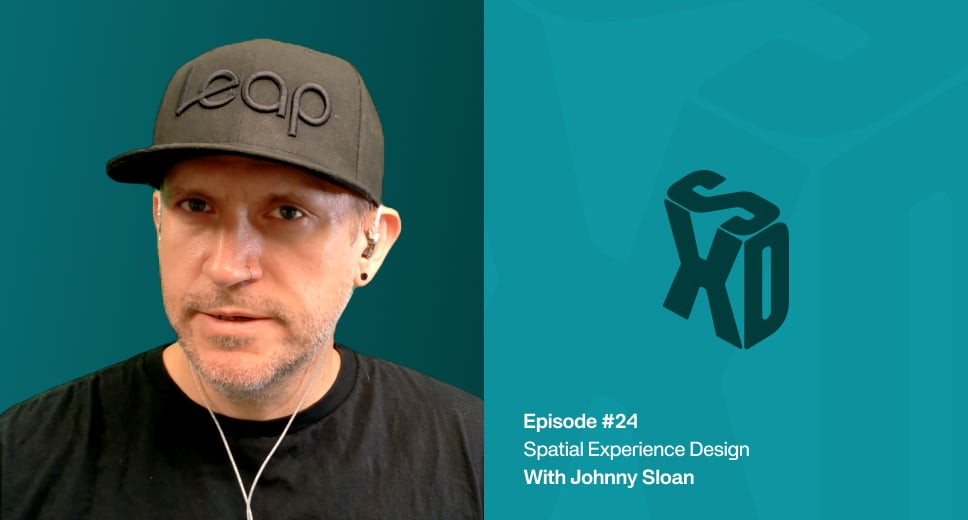Garret Flower, CEO of Wayleadr, joins podcast host Søren Vasø in this episode of Spatial Experience Design to unpack why parking continues to be a major point of friction in daily routines—and what a better arrival experience could look like. The discussion explores how smarter parking systems reduce stress, improve fairness, and help organizations make better use of their space. From digital access and occupancy tracking to carpooling incentives and future-ready planning, the episode highlights how thoughtful design at the point of arrival can improve how people feel and function throughout the rest of their day.
Key Topics:
-
- Arrival Experience
- Space Utilization Data
- Workplace Mobility Tools
- Stress-Free Navigation
- Autonomous Vehicle Readiness
Reimagining Arrival: Why Parking Feels Broken—and What To Do About It
You don’t think about parking—until it ruins your morning.
You’re circling the garage. The gate won’t open. Another car grabs the spot you were aiming for. You’re late, irritated, and already behind before the day’s even started. This is how millions of people begin their day, every single day.
Arrival isn't just about transit - it's part of a larger experience that sets the tone for everything that follows. Whether you’re showing up for a meeting, a medical appointment, or a big event, those first few moments shape how you feel about the space you’re entering. It’s the first indicator that says: this place gets it. Or doesn’t.
So why is the arrival moment still treated like an afterthought?
The Problem Isn’t Parking. It’s Uncertainty.
There’s often enough parking. What’s missing is a system that helps people arrive with confidence. When arrival is left to chance—first-come-first-serve policies, unclear signage, outdated systems—it creates unnecessary tension. And that tension follows people into the building.
If we think of arrival as part of spatial experience design, we can stop asking how much space we need and start asking how well it works for the people using it. What people want is simple: to know—before they leave home—that they’ll have a clear, reliable path to their destination.
Addressing Arrival as a Design Problem
Most organizations treat arrival like a basic utility—something functional, routine, and easy to overlook. But it’s actually one of the few shared experiences everyone has. That makes it a high-impact design opportunity.
When arrival is intentional, it looks like this:
- Real-time space visibility before you even get in the car
- Fast entry that works intuitively, without badges, buttons, or printed passes
- A fair and flexible system—not just luck—for who gets access
- People don’t waste brainpower on what should be a non-event
A good arrival disappears into the background. A bad one lingers all day.
You Probably Don’t Need More Space
Most arrival issues aren’t about volume—they’re about flow.
The Monday crowd doesn’t look like the Thursday crowd. Hybrid schedules, shifting access needs, and time-based patterns all affect how space is used. When arrival systems are rigid, they can’t flex to match demand.
With adaptable tools and usage data, spaces can work harder and smarter. That might mean rotating access by day, enabling pre-booking, or even converting underused lots into something more valuable. Good design reduces friction and helps unlock new possibilities.
Carpooling Without the Hassle
Let’s be honest: traditional carpooling is complicated. It requires trust, coordination, and often, a bit of social awkwardness. Who’s driving? How do we split gas? What if someone’s late?
But when carpooling is treated as part of the arrival experience, it becomes easier to integrate. Tools that handle fuel contributions, parking priority, or shared scheduling give people a reason to opt in without the pressure. Suddenly, it feels less like a hassle and more like a win.
People don’t need lectures on sustainability, they need better solutions. It’s not about forcing change. It’s about designing systems that make the better choice feel easier.
Looking Ahead
As autonomous vehicles become more common, arrival systems must evolve. The core design challenges remain the same: where to go, how to get in, and how to move through shared space. What changes is the interface—who (or what) is making the decisions. And that means environments need to be ready with digital visibility, dynamic access, and embedded cues that support both people and machines.
We don’t need to wait for the future to get started. We already have the tools to improve arrival for the people using it today.
The First Few Minutes Matter More Than We Think
Arrival shapes stress levels, first impressions, how welcome they feel, and the energy people bring with them. Overlooking it is a mistake. If we care about the user experience at work, school, healthcare, or public life, we need to start designing where people start their journey.
With the right tools, it’s possible to reduce daily stress and get more out of the space you already have. From real-time availability to digital entry systems and smarter parking logic, small changes at the front end of the journey can ripple through the rest of someone’s day.
For organizations focused on creating better spaces, designing the arrival experience is a foundational move toward smarter environments.
Additional Resources:
April 17, 2025



.png)